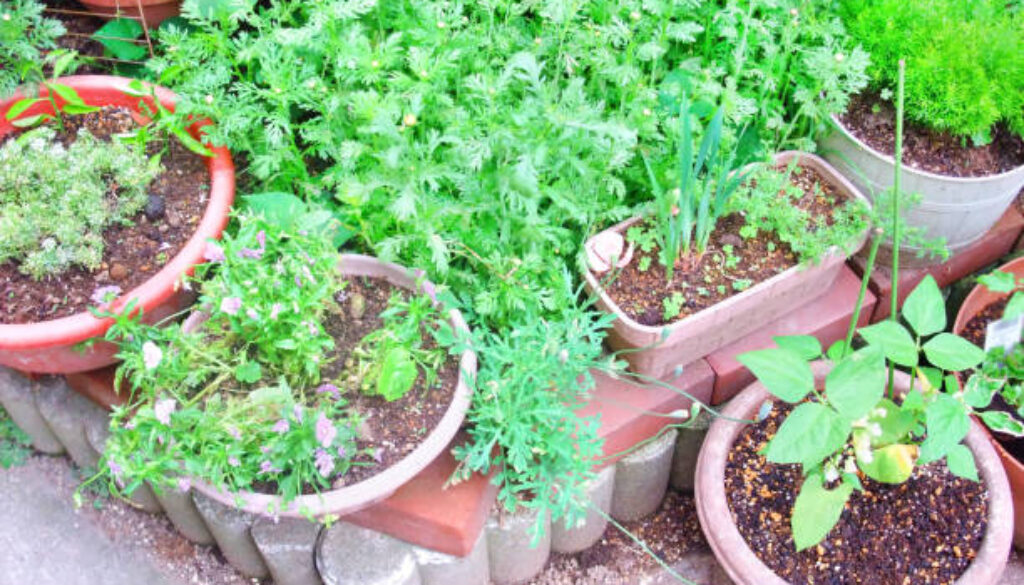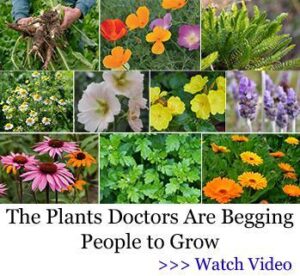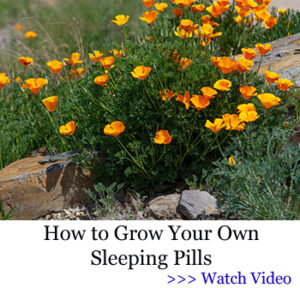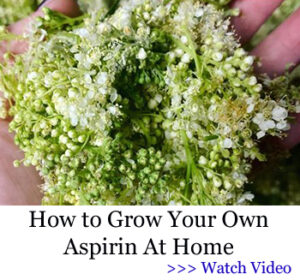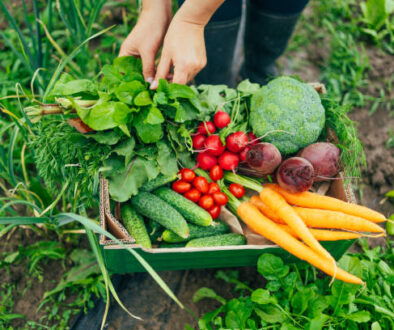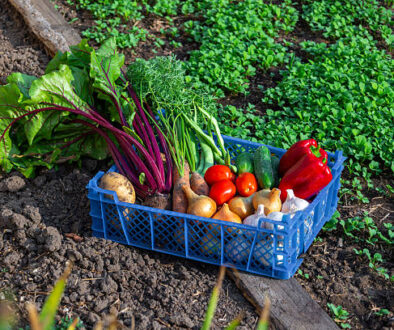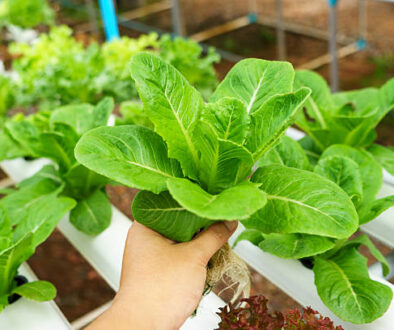Why You Should Have a Medicine Garden at Home
This post may contain paid and/or affiliate links. I may earn a small commission at no extra cost to you.
Imagine stepping outside your door and picking fresh leaves that help soothe a headache, calm your stomach, or ease stress.
That’s the beauty of having your own medicine garden at home.
With a small space and a little care, you can grow a healing herb garden that keeps your family healthier naturally.
A herbal medicine garden doesn’t just save you money on store-bought remedies; it also gives you peace of mind knowing exactly where your remedies come from.
Honestly? Building a medicinal herb garden filled with medicinal plants is simple, rewarding, and one of the smartest choices you can make.
The Magic of Growing Your Own Remedies
Have you ever wished you had a natural way to handle everyday health problems right at home?
That’s exactly what a medicine garden gives you.
Instead of running to the store for every small issue, you can pick fresh leaves, flowers, or roots right from your backyard.
Think of it as your personal, natural pharmacy—always open, always reliable.
Related:
- How to Create a Peaceful Healing Garden Filled with Medicinal Herbs As a Beginner
- Mistakes to Avoid When Growing a Medicinal Herb Garden
- Why Having a Medicine Herbs Garden at Home is The Best Thing You Can Do
Benefits of Having a Healing Garden at Home
So, why do people swear by their healing garden? First, it saves money.
Instead of buying pricey supplements or teas, you can grow the same ingredients for pennies.
Second, it’s healthier. You know exactly how your plants were grown—no chemicals, no fillers, no mystery ingredients.
And third, it’s convenient. Feeling a sore throat? You can grab some thyme or sage within minutes. How cool is that?
The Everyday Uses of Medicinal Plants
What can you actually treat with a medicinal herb garden? You’d be surprised.
Mint helps calm digestion, chamomile supports sleep, lavender eases stress, and aloe vera soothes burns.
These everyday health helpers grow easily in pots, raised beds, or even on a windowsill.
Why keep a shelf full of pills when you can have fresh medicinal plants at your fingertips?
The Emotional and Mental Boost
Here’s the thing: your healing herb garden isn’t just about physical health. Gardening itself is therapy.
Getting your hands in the soil, watering plants, watching them grow—it all reduces stress and clears your mind.
Ever noticed how time in nature instantly lifts your mood?
Growing a medicine garden brings that same calming energy right into your daily life.
How to Start Your Own Medicine Garden
Ready to begin but don’t know where to start? No worries, it’s easier than you might think.
The key is to keep it simple at first. Choose a few plants that you’ll actually use.
For example, start with mint for digestion, aloe vera for burns, and chamomile for relaxation.
Place them in a sunny spot, give them water regularly, and watch them thrive. See? No green thumb required.
Choosing the Right Spot
Where should you grow your garden? You don’t need a huge backyard.
A balcony, patio, or even sunny windowsill works fine.
Most medicinal herbs love sunlight, so aim for at least six hours a day.
If you’re indoors, a grow light can do the trick.
Picking the Right Plants
This is where people get stuck, there are so many options. To
keep it simple, choose plants that solve real issues for you and your family.
Do you struggle with stress? Go for lavender.
Need help with sleep? Chamomile is the right solution.
Have stomachs? Peppermint has your back.
The best garden is the one you’ll actually use.
Top Medicinal Plants to Grow at Home
Want some inspiration? Here are a few tried-and-true choices:
- Mint – Great for stomach aches, nausea, and fresh tea.
- Aloe Vera – Perfect for burns, cuts, and skin care.
- Chamomile – Calms nerves and improves sleep.
- Lavender – Relieves stress and promotes relaxation.
- Thyme – Natural antibacterial and great for sore throats.
- Echinacea – Supports immunity and helps with colds.
- Basil – Reduces inflammation and doubles as a kitchen favorite.
Pretty amazing list, right? And these are just the basics.
Once you’re comfortable, you can expand and grow an even wider variety.
Simple Ways to Use Your Healing Herbs
Now, let’s talk about how to actually use them. Because what’s the point of growing these plants if they just sit there?
- Teas and Infusions – Steep fresh leaves in hot water for soothing drinks.
- Salves and Balms – Combine herbs with oils or beeswax for natural skin care.
- Tinctures – Soak herbs in alcohol for long-lasting liquid remedies.
- Poultices – Crush leaves and apply directly to the skin for fast relief.
- Cooking – Toss fresh herbs into meals for both flavor and health benefits.
Ever thought a simple cup of tea could replace medicine from a box? That’s the beauty of it.
Teaching Kids About Nature and Health
Here’s another hidden benefit: kids love it.
If you’ve got children, getting them involved in your medicinal herb garden is both fun and educational.
They learn responsibility, patience, and the value of natural health.
Plus, it’s way easier to get kids to drink “mint tea from our garden” than it is to hand them a pill.
Medicine Garden as a Lifestyle Shift
Growing your own herbal medicine garden isn’t just about health; it’s a lifestyle.
You become more self-sufficient, more connected to nature, and more intentional about what you put into your body.
Ever noticed how good it feels to eat food you’ve grown yourself?
That same pride and joy come with healing from plants you cared for.
Mistakes to Avoid
Before you rush off and plant every herb you can find, let’s talk mistakes.
- Growing too many plants at once – Start small or you’ll feel overwhelmed.
- Not researching plant needs – Some love sun, others prefer shade.
- Overwatering – Herbs often need less water than you think.
- Neglecting harvests – If you don’t trim them, some herbs stop producing well.
Keep it simple, stay consistent, and you’ll be amazed at how much your garden gives back.
Conclusion
Having a medicine garden at home isn’t just about herbs and remedies.
It’s about peace of mind, health, and connection to the earth.
You don’t need a huge backyard, special skills, or tons of money to start.
All you need is a few pots, some seeds, and a little love for plants.
Before long, you’ll wonder how you ever lived without it.
FAQs
1. What’s the easiest medicinal plant to grow for beginners?
Mint is hands down the easiest. It grows quickly, requires very little care, and works wonders for digestion. Just be sure to keep it in a pot, or it might take over your whole garden.
2. Can I grow a medicine garden indoors?
Absolutely! Many herbs thrive indoors with good sunlight. A sunny windowsill or a small grow light is all you need. Aloe vera, basil, and mint are especially easy to grow inside.
3. How long does it take for medicinal plants to grow?
Most herbs sprout within a couple of weeks and can be harvested in about 2–3 months. Aloe vera takes longer to mature but lasts for years once established. Patience is key, but the results are worth it.
4. Do I still need regular medicine if I grow my own herbs?
Yes. While herbs are amazing for everyday health and minor issues, they’re not a replacement for professional medical treatment. Think of your healing garden as a first line of defense, not a total replacement for your doctor.
